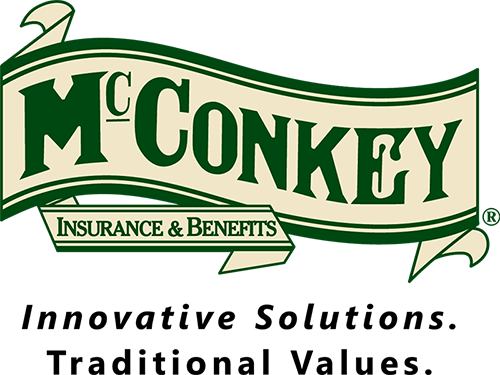
Part 3 in a 4-part microblog series.
While the long-term economic impact of COVID-19 remains to be seen, many business owners have begun evaluating ways they can maintain profitability and even payroll during these uncertain times. One of the biggest expenses many businesses have, outside of payroll and health insurance, is their Property & Casualty Insurance program. Until recently, the past decade of economic growth, hard health insurance market, and soft Property & Casualty (P&C) Insurance market has led to the latter being an afterthought for many businesses. P&C Insurance rates were stable and revenues climbed year after year, so many did not invest the time in finding a better alternative to their current program.
Over the past three years, the insurance market has begun to harden and rates, outside of workers’ compensation, have generally climbed year after year. Based on the economic uncertainty and mounting pressure to force insurance companies to pay for business interruption claims, the insurance market will continue to harden. If your insurance program has been on autopilot these last few years, then now is the time to evaluate whether or not there is a better way. Outlined below are the basic types of insurance programs that are available to large and mid-sized businesses.
#1. Guaranteed Cost (Traditional Insurance)
These programs are the most basic type of program and offers the most certainty year to year. These are best for new companies, small businesses, and companies with poor loss experience. A business pays premium based on set rates for payroll, sales, number of vehicles, and other factors. There is no immediate penalty for poor claim experience, but there is not a substantial benefit to controlling claim costs. Base rates are governed by the individual states and then adjusted by the insurance company based on insurance market conditions and underwriting appetite. There are better options for businesses paying over $150,000 a year in premium with very good claim experience, so now would be a good time to have your program evaluated.
#2. Dividend Programs
This type of program is similar to Guaranteed Cost, but allows for a business to receive a portion of the premium back after several years. The returned premium can be on one line of coverage, commonly workers’ compensation, or is frequency based on multiple lines of coverage for a group of companies, like a Chamber of Commerce or Association Program. Popularity of these programs has decreased as businesses prefer the cash flow advantages of lower upfront costs and insurance companies have limited use of these programs as they continue to look at ways to cut their expenses.
#3. Deductible Programs
“Large Deductible” programs can begin to make some financial sense for businesses who are paying over $250,000 in premium for workers’ compensation, automobile, or general liability. These programs are designed for companies who have better than average claim experience and want to receive the financial benefit of their investments in safety and ability to control claims. The business will be responsible for paying claims up to a predetermined amount, sometimes as low as $50,000, but usually not less than $100,000 and the insurance company is responsible the portion of the claim that exceeds the deductible amount. Overall cost of the insurance program or collateral requirements are still impacted by underwriting appetite and insurance market conditions.



